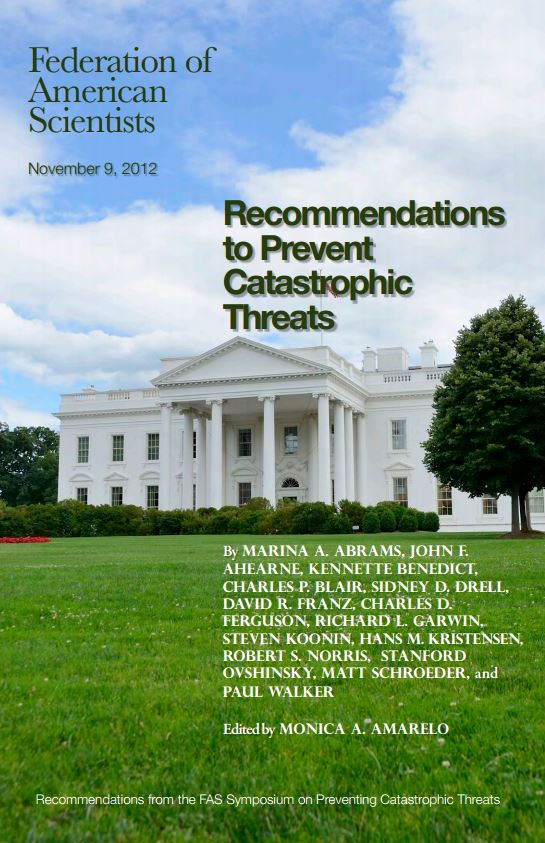
Recommendations to Prevent Catastrophic Threat
Only three days after the 2012 national election, FAS hosted a day-long symposium that featured distinguished speakers and provided recommendations to the Obama administration on how best to respond to catastrophic threats to national security at the National Press Club in Washington, DC.
These experts addressed the policy and technological aspects of conventional, nuclear, biological and chemical weapons; nuclear safety; electricity generation, distribution, and storage, and cyber security. These policy memoranda call for a coordinated national effort to prepare for, prevent and respond to catastrophic threats to the United States.
While advanced Chinese language proficiency and cultural familiarity remain irreplaceable skills, they are neither necessary nor sufficient for successful open-source analysis on China’s nuclear forces.
Satellite imagery has long served as a tool for observing on-the-ground activity worldwide, and offers especially valuable insights into the operation, development, and physical features related to nuclear technology.
This report outlines a framework relying on “Cooperative Technical Means” for effective arms control verification based on remote sensing, avoiding on-site inspections but maintaining a level of transparency that allows for immediate detection of changes in nuclear posture or a significant build-up above agreed limits.
The grant comes from the Carnegie Corporation of New York (CCNY) to investigate, alongside The British American Security Information Council (BASIC), the associated impact on nuclear stability.